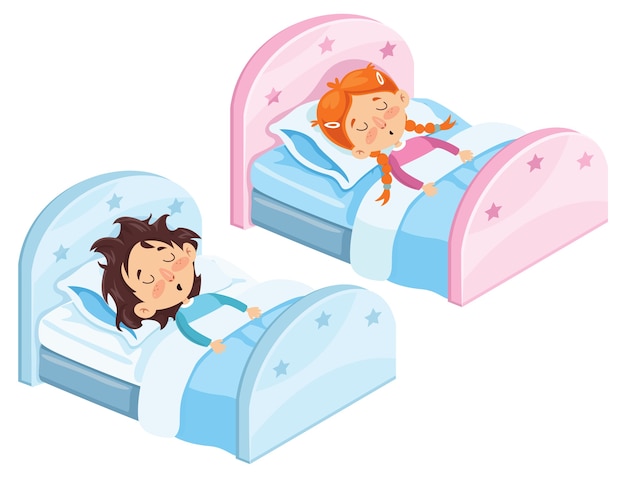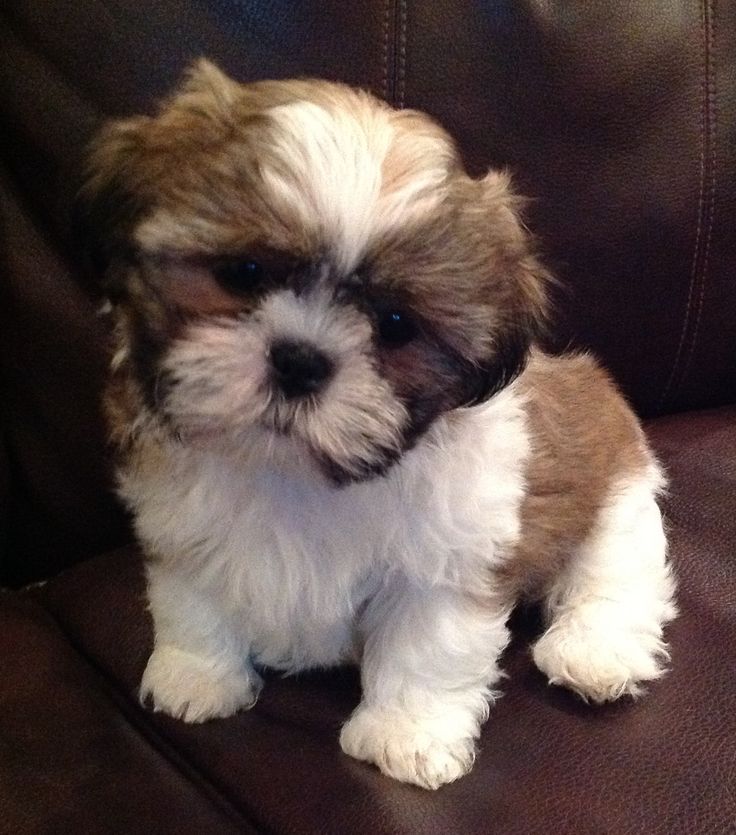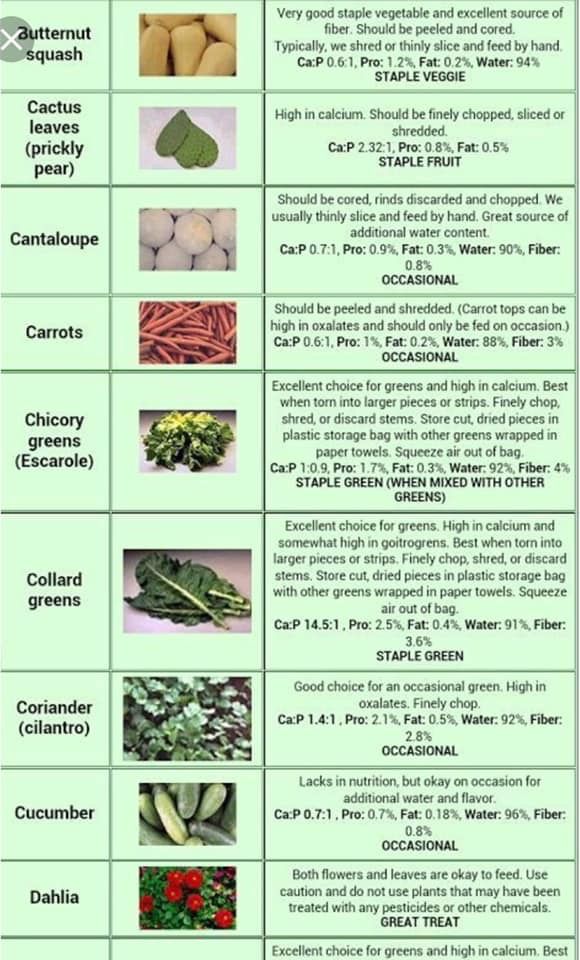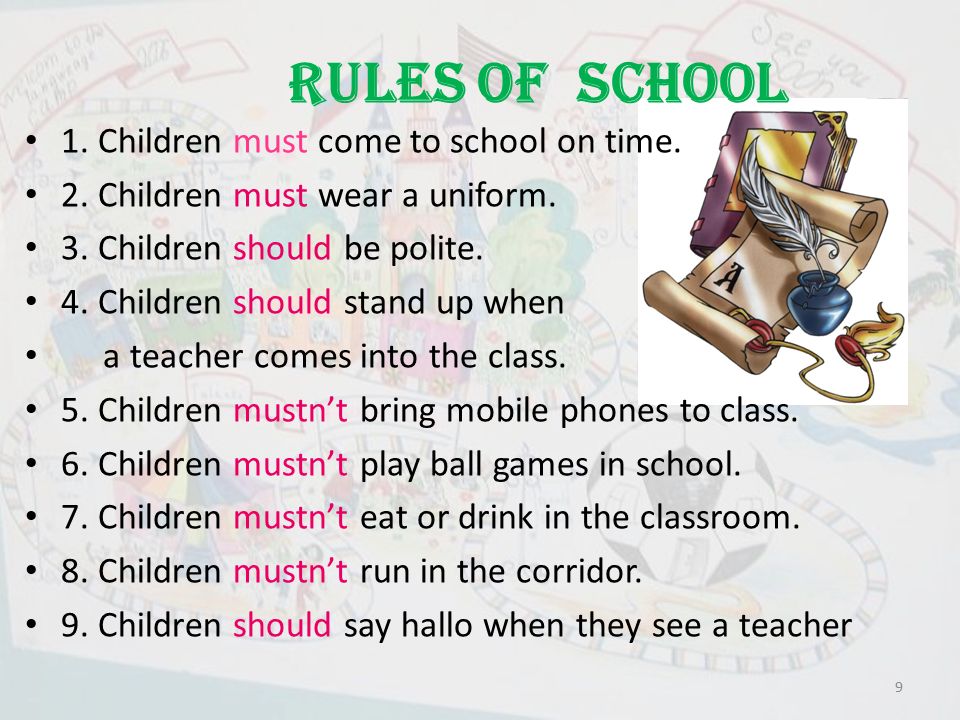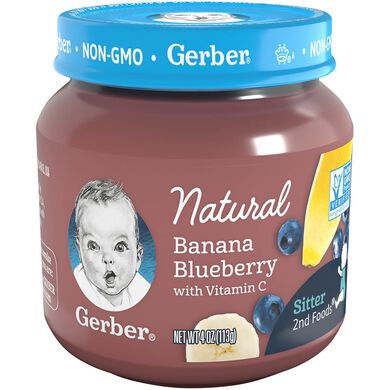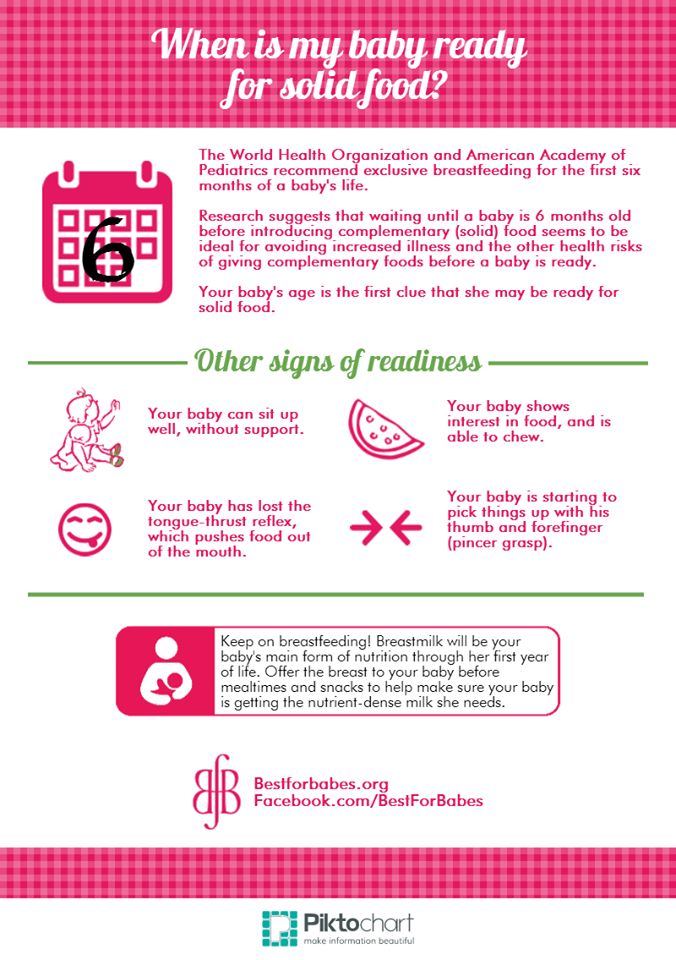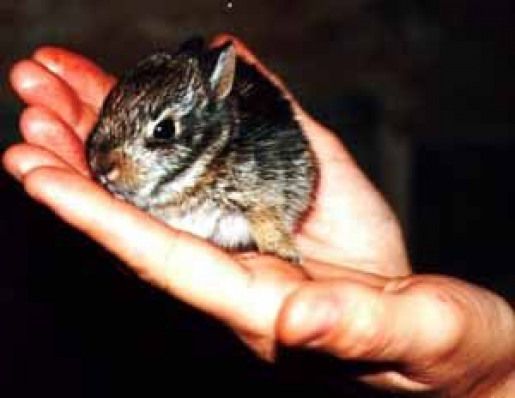Baby born feeding bottle
Bottle-feeding babies: giving the bottle
About bottle-feeding
If your baby can’t always feed directly from your breast, you might choose to bottle-feed with expressed breastmilk. Or you might need to feed your baby infant formula, which is the only safe alternative to breastmilk.
Before you bottle-feed your baby, it’s important to know how to clean and sterilise bottle-feeding equipment, as well as how to prepare, store and warm bottles of formula. This will help to keep your baby safe from infection and make sure baby is getting the right nutrition.
Getting the right flow when bottle-feeding
To test the flow of the formula or breastmilk, hold the bottle upside down when it’s filled with liquid at room temperature. The liquid should drip steadily from the teat but not pour out.
If you have to shake the bottle vigorously to see the drip, the flow is too slow. Your baby might go to sleep before drinking what they need.
When you feed your baby, you might see a little leakage at the corners of your baby’s mouth. This doesn’t mean the flow is too fast. It’s nothing to worry about. It will stop as your baby gets older.
If you have trouble finding a teat with a flow to suit your baby, try a faster teat rather than a slower one. You might need to try a few different teats before you find one that suits.
Giving baby the bottle
Make yourself comfortable and cuddle your baby close to you, holding baby gently but firmly. It’s better for your baby to be on a slight incline so any air bubbles rise to the top, making burping easier.
Put the teat against your baby’s lips. Your baby will open their mouth and start to suck. Keep the neck of the bottle at an angle so it’s filled with formula or breastmilk.
When your baby stops sucking strongly or when about half of the formula or breastmilk has gone, gently remove the bottle and see whether baby wants to burp. Once you’ve tried burping your baby, you can offer the bottle again.
Paced bottle-feeding
Babies who are normally breastfed might find it hard to pace themselves when bottle-feeding, particularly if they’re premature.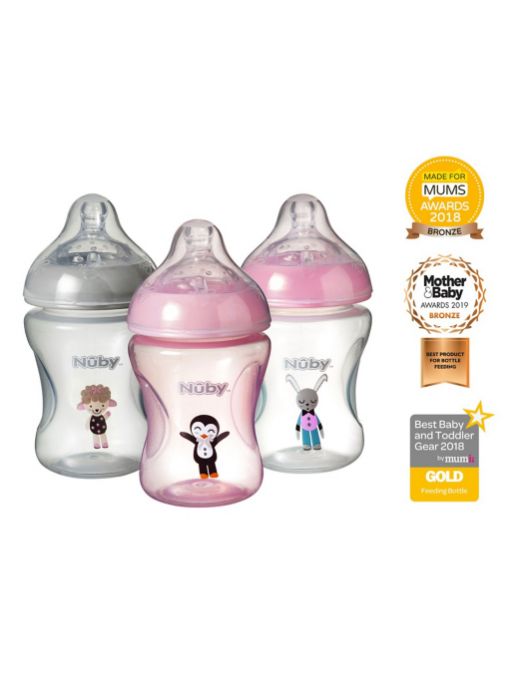 This is because they’re used to controlling the flow of breastmilk. Sometimes these babies can drink too much too quickly.
This is because they’re used to controlling the flow of breastmilk. Sometimes these babies can drink too much too quickly.
Paced feeding can sometimes help. This involves holding your baby in an upright position and letting them rest every few minutes. If you’re interested in paced bottle-feeding, it’s best to get help from your child and family health nurse or a lactation consultant.
Holding, cuddling and talking to your baby during feeding will help baby develop and grow. It’s also a great opportunity to bond with your baby.
When baby doesn’t finish the bottle or goes to sleep while feeding
Don’t worry if your baby doesn’t finish the bottle. Babies are very good at judging how much they need, so you can let your baby decide when they’ve had enough formula or breastmilk.
If your baby goes to sleep during a feed, put baby over your shoulder, rub their back, and stroke their head, legs and tummy. This can help your baby to wake up. A nappy change is a good way to wake up your baby if that doesn’t work.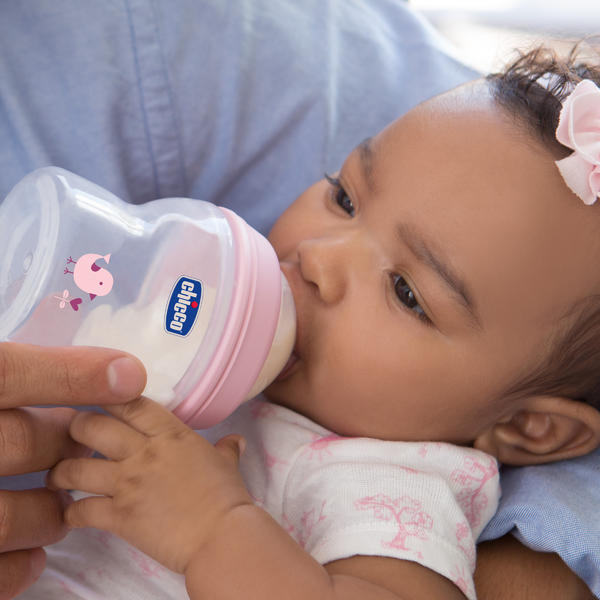
Wait until your baby is properly awake before offering the rest of the formula or breastmilk.
If there’s any formula or breastmilk left in the bottle, throw it away after one hour. When your baby drinks from a bottle of formula or breastmilk, bacteria from their mouth get into the milk. The bacteria can grow and make your baby sick if you give your the baby the half-finished bottle later.
When baby refuses the bottle
Babies sometimes refuse a bottle altogether. Here are things to try if this happens:
- Try a new feeding position or change the feeding environment. For example, move around while you’re feeding, find a quieter place to feed, or play some relaxing background music.
- Try again later when your baby is more settled. For example, give your baby a bath and then try again.
- Ask your partner or another family member to give your baby the bottle.
- Try using a different teat. If the flow of formula or breastmilk is too slow, it might frustrate your baby.
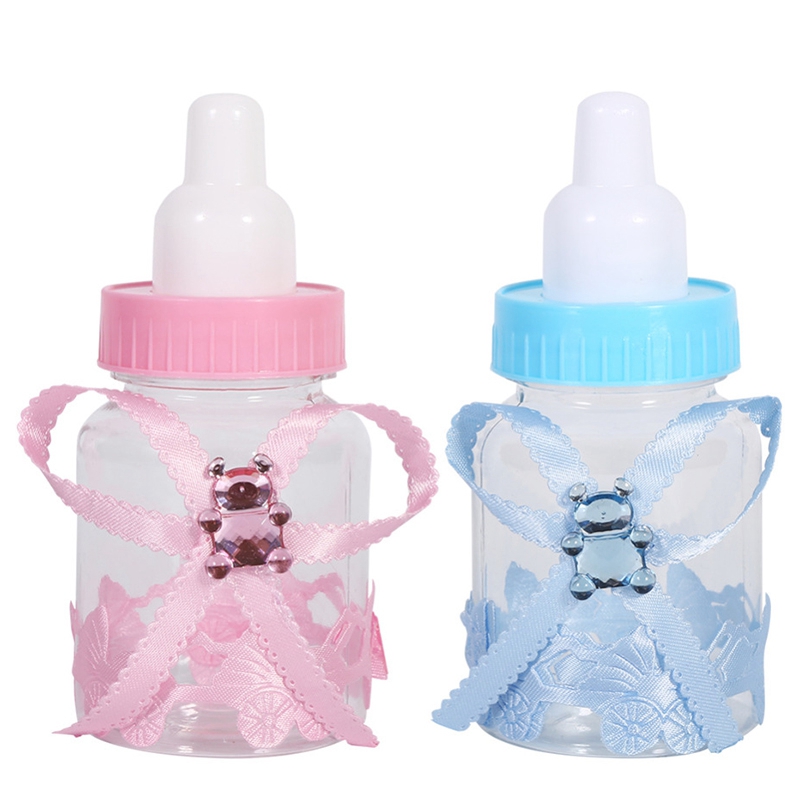
- Let your baby open their mouth for the bottle when they’re ready, rather than putting the teat into their mouth.
- Offer the formula or breastmilk from a small cup or spoon. To do this, sit your baby up and offer them small sips.
If your baby is regularly refusing the bottle, you could try adjusting your routine.
If you think your baby is refusing the bottle because they’re unwell, treat your baby’s symptoms or take your baby to see your GP.
How much do bottle-feeding babies drink?
Newborn babies commonly have 6-8 feeds every 24 hours, but there’s no set amount of food or number of feeds your baby should have. Different babies drink different amounts of formula or breastmilk. Some might have feeds close together and others further apart. And it can change from day to day.
Just feed your baby whenever they’re hungry. You’ll see baby cues that say ‘I’m hungry’ – for example, your baby will make sucking noises or start turning towards the breast or bottle. If your baby stops sucking or turns their head away from the bottle, you’ll know they’ve had enough.
If your baby stops sucking or turns their head away from the bottle, you’ll know they’ve had enough.
As your baby eats more and more solid food, the total amount of breastmilk or formula they take in a day will decrease. The amount of breastmilk or formula will also decrease as your baby starts to drink from a cup instead of a bottle.
Some babies never drink the ‘recommended amount’ for their age and size, and others need more. Plenty of wet nappies, consistent healthy weight gains, and a thriving, active baby mean all is well. If you’re concerned about how much breastmilk or formula your baby is taking, talk to your child and family health nurse or GP.
Bottle-feeding in bed: issues and risks
Sleep associations
If your baby gets used to falling asleep with a bottle in bed, they might depend on it to get to sleep. This can make it more difficult for your child to fall asleep or settle for sleep independently.
Bottle-feeding in bed also has several risks for your baby.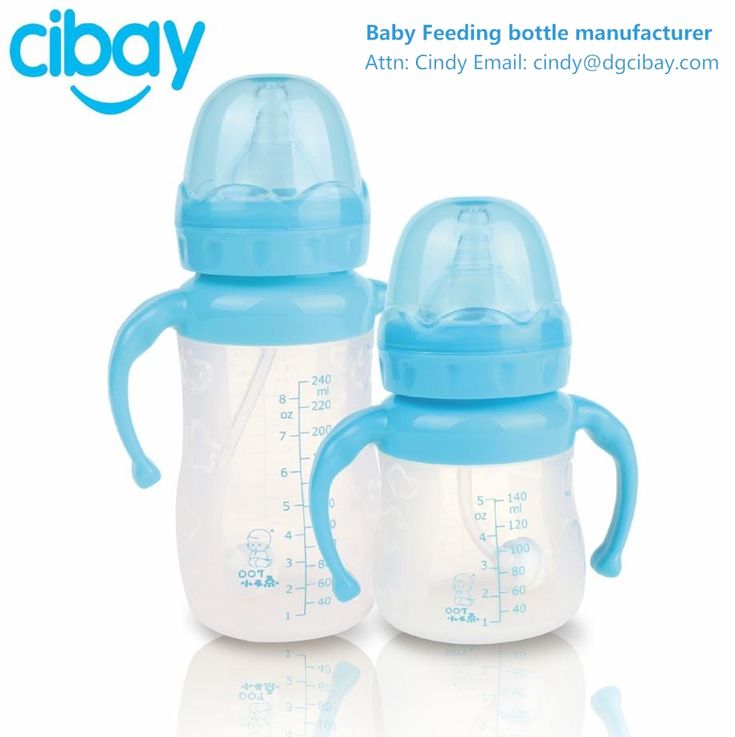
Choking
Babies who fall asleep while bottle-feeding can draw liquid into their lungs. They might then choke on it or inhale it.
Tooth decay
Babies have less saliva in their mouths to protect their teeth during sleep. If your baby falls asleep with a bottle, the lactose in the milk can build up on your baby’s teeth, putting your baby at risk of tooth decay.
Ear infections
If your baby drinks while lying flat, milk can flow into the ear cavity, which can cause ear infections.
It’s best to put your baby to bed without a bottle or to take the bottle away after your baby has finished feeding.
Using a feeding cup
When your baby is around 6 months old, you can help your baby start leaning to drink from a cup. It’s best to stop using bottles by the time your baby is 12 months old.
You should continue to thoroughly wash and sterilise feeding cups containing infant formula or breastmilk until your baby is 12 months old.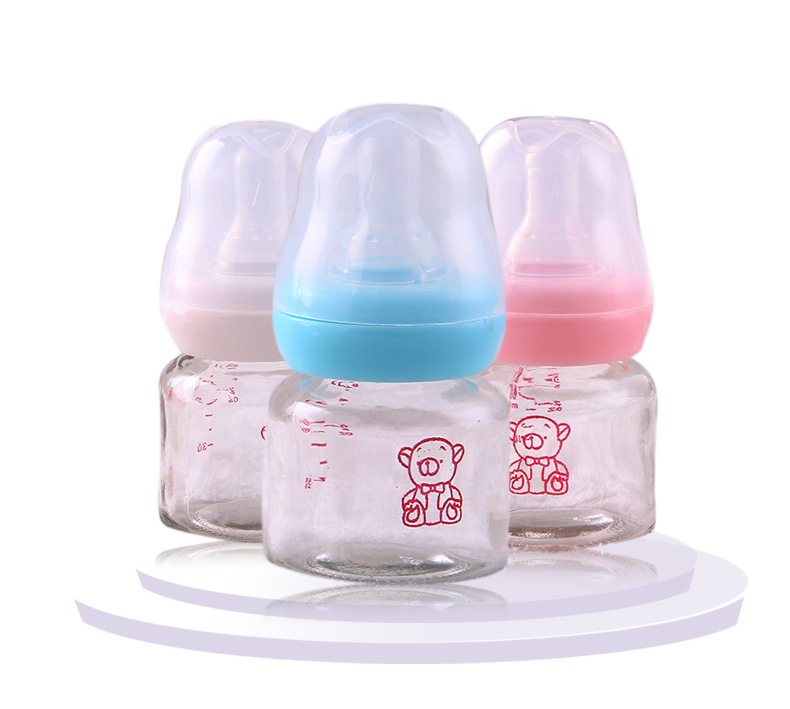
10 Best Baby Bottles 2022
- Community
- Getting Pregnant
- Pregnancy
- Baby names
- Baby
- Toddler
- Child
- Health
- Family
- Courses
- Registry Builder
- Baby Products
Advertisement
BabyCenter selects products based on the research of our editors and the wisdom of parents in the BabyCenter Community. All prices and details are accurate at the time of publication. We may earn a commission from shopping links.
Photo credit: BabyCenter
Baby bottles are one of those baby products that are hard to buy, especially online, because they all do the same job, and look so similar to each other. Outside of obvious differences (size, shape, the material the bottle is made from), each claims to have advanced features that make it the closest to breastfeeding. So how do you cut through the clutter to find the right one for your baby?
The best bottle for your baby, simply put, is the one that they will drink from.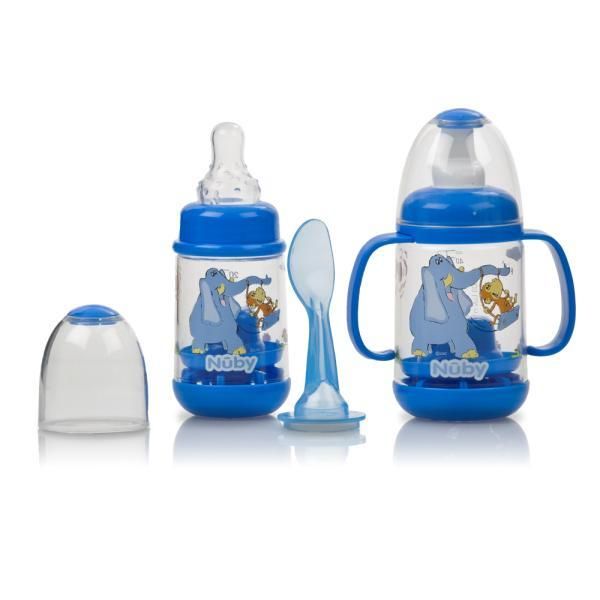 Dr. Kelia Rodriguez MD, IBCLC says “My bottle advice changes depending on whether parents will breastfeed or not. I usually advise parents that will mostly bottle feed to get 2-3 different types and see how a baby does with them. If breastfeeding, it is important to look at bottles that mimic the breast.”
Dr. Kelia Rodriguez MD, IBCLC says “My bottle advice changes depending on whether parents will breastfeed or not. I usually advise parents that will mostly bottle feed to get 2-3 different types and see how a baby does with them. If breastfeeding, it is important to look at bottles that mimic the breast.”
What type of baby bottle should I choose?
That said, one important bottle choice to consider is the material it’s made from. Baby bottles are made from glass, silicone, plastic, and stainless steel; there is also a “hybrid” bottle on the market, the Chicco Duo, with glass inside plastic. Each material has pros and cons.
- Glass bottles are a good option for parents who are concerned about chemicals in plastic. Glass bottles usually last longer than plastic bottles, too. The downside? They can break and are more expensive.
- Plastic bottles won’t break, are lightweight, and are the most affordable option when buying multiple bottles, but do need to be replaced more often.
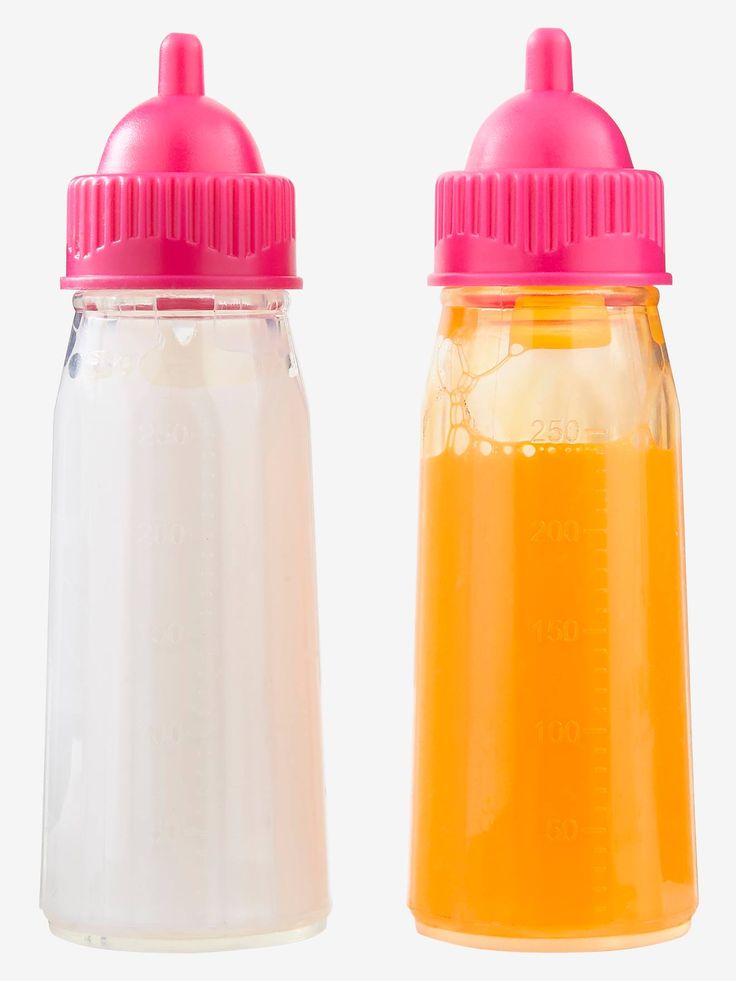 However, since plastic bottles tend to break down over time, and may be made of material containing BPA, they may bring with them the risk of exposure to BPA. See below for more information about avoiding BPA in baby bottles.
However, since plastic bottles tend to break down over time, and may be made of material containing BPA, they may bring with them the risk of exposure to BPA. See below for more information about avoiding BPA in baby bottles. - Silicone bottles are a popular choice because they are lightweight and easy to clean. They are also easy to squeeze, making it easier for a baby to grasp. Silicone bottles aren’t likely to leak chemicals, like some plastic bottles. These, like the glass bottles, are more expensive.
- Stainless steel bottles aren’t as common as the other types. They last a long time, won’t break, and, as long as they’re not lined with plastic, are BPA-free. Stainless steel bottles are generally more expensive than both glass and plastic.
What about BPA and baby bottles?
The AAP explains that bisphenol A or BPA, is a chemical in plastics that has been implicated in disrupting the endocrine functions in animals. While further research is needed, the AAP recommends parents concerned with the issue take these measures.
- Consider buying BPA-free plastic bottles.
- Avoid bottles or other containers with the recycling number 7 and letters “PC” on them, as these may contain BPA.
- Use opaque plastic bottles, which are made of polyethylene or polypropylene, and do not contain BPA. Look for the recycling number 2 or 5.
- Glass bottles are a safe alternative, but may be dangerous if broken.
- Breastfeed if you can.
- Heating plastic containing BPA may release the toxin; for this reason, if you should use clear polycarbonate bottles, do not heat them in the microwave, boil them to sterilize, or wash them in your dishwasher.
Dr. Rodriguez echoes that last point: “If any warm liquids are to be served in a container, it’s best to avoid plastic and use silicone or glass when possible due to endocrine disrupting chemicals (including BPA) that leach from plastic that’s warm. We are exposed to plastic in a multitude of ways throughout our lives so it’s unclear how beneficial this is, but concerns about chemicals in plastic mean it’s worth a try to avoid. ”
”
What’s the best baby bottle?
Each bottle maker would have you believe it’s the one they make. But some experts are dubious about the features built into many bottles.
“Manufacturers make all sorts of claims about their nipples working more like the human breast or their bottles preventing gas,” writes pediatrician David L. Hill in the American Academy of Pediatrics’ (AAP) publication, Bottle Feeding Basics. “I haven’t seen good scientific literature that supports these claims, so I can’t recommend one brand over another,” Dr. Hill continues.
Still, there are some features parents may like.
- Anti-colic features: Some bottles are specifically vented to limit gassiness, burping, and spit up.
- Narrow neck: These bottles are sometimes also referred to as standard bottles and usually have a narrower profile and smaller top opening. They may be easier to hold, and often fit better into diaper bags or cupholders.
- Wide neck: These bottles and nipples are wider than the narrow neck bottles.
 They are easier to fill if you’re using formula, and easier to clean.
They are easier to fill if you’re using formula, and easier to clean. - Bottles with drop in liners or pouches: Some bottles, such as ones made by Kiinde and Playtex, have a space for drop in liners that you use with your breast pump. You put the liner into the bottle then feed your baby, without the need to pour milk from one container to another.
Oftentimes it’s hard to know which bottle your baby will prefer over another. Buying a few different types of bottles and having options are nice. Once your baby has expressed their preference, you can go ahead and stock up on the bottles your baby likes the best.
How we chose the best baby bottles
Since your baby’s really in charge of choosing their favorite bottle, our only option was to turn to other parents to find word-of-mouth recommendations. We searched through BabyCenter’s Community looking for these positive recommendations in many different categories: favorite bottles made of glass, plastic, silicone, steel; anti-colic bottles parents swear by, the bottles they use for their brand-new babies.
After we found the bottles parents use at home with their own babies, we moved on to checking out each selection to find those that are easy to hold, use, fill, and clean, meet standards from the AAP and experts like Dr. Rodriguez, are priced fairly, and have at least one special attribute, and hopefully more than one, that makes them stand out amongst similar competitors.
Dr. Brown's Options+ Anti-colic Baby Bottle
Photo credit: Amazon
This Dr. Brown’s Anti-Colic Options+ bottle does just that, gives you options as your baby’s feeding needs change, hence why we choose it as the best overall baby bottle on the market. If your baby is a fussy newborn, the bottles’ green vent directs air away from the liquid your baby drinks, ideally resulting in less gas and crying. As your baby’s digestive system develops and colic, spit-up, burping, and gas are lessened, you can use the bottle without the vent until your baby’s outgrown the bottle-feeding stage entirely.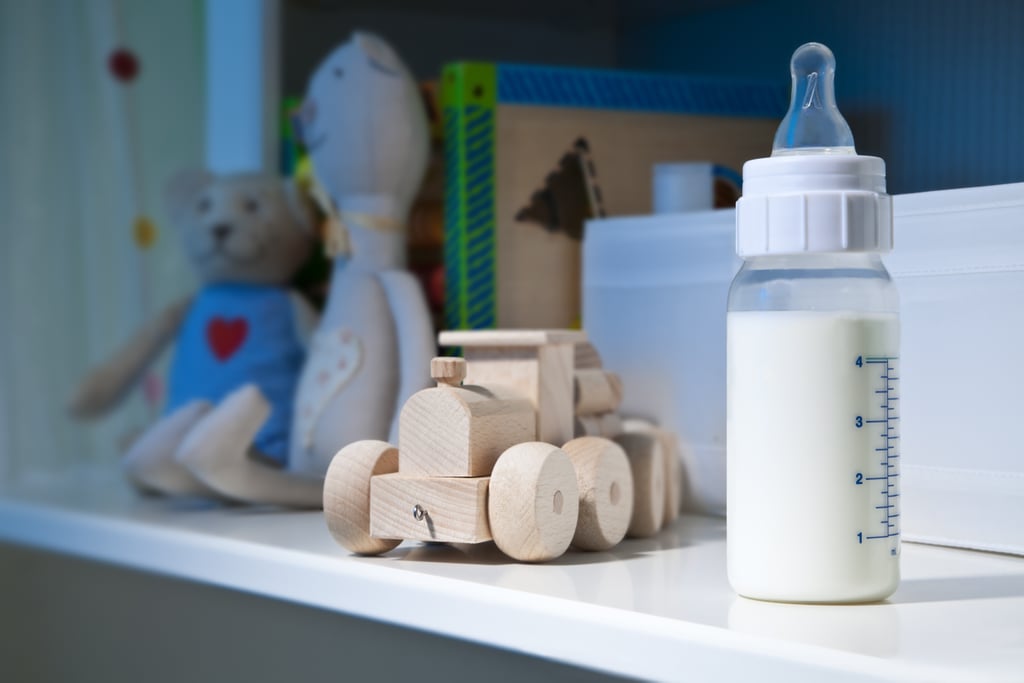
This bottle has more parts to assemble and clean, which some parents don't appreciate. Note that this bottles comes in several different sizes, in glass and plastic, and in narrow- and wide-neck varieties. We are linking and picturing the plastic narrow-neck 8-ounce bottles here.
Parents say"We used them with my son and really liked them. I didn't think cleaning them was a pain. My son went back and forth easily between breastfeeding and these bottles."
"The Dr. Brown's bottles are tedious to clean but worth it if you have a baby with acid reflux."
"We used Dr. Brown's and I successfully breastfed my son for 13 months, no issues at all."
"“Dr. Brown’s Options are the best for both my kiddos.”
Specs- Choose from glass or BPA-free plastic
- Plastic bottles available in wide or narrow neck
- Choose from 2-, 4-, or 8-ounce bottles (plastic) or 5- or 9-ounce bottles (glass)
Comotomo Baby Bottle
Photo credit: Amazon
For a bottle that actually feels like a breast, look no further. The Comotomo is made of soft, squeezable silicone (both the bottle and the nipple), which makes it a hit with many breastfed babies. Silicone is free of BPA, PVC, and phthalates, and won't leach chemicals into your breast milk or formula. The Comotomo nipples come in slow, medium, fast, or variable flow speeds and have double vents to help reduce colic, gas, and spit-up. The bottles are simple to assemble and their wide-neck design makes for easier cleaning.
The Comotomo is made of soft, squeezable silicone (both the bottle and the nipple), which makes it a hit with many breastfed babies. Silicone is free of BPA, PVC, and phthalates, and won't leach chemicals into your breast milk or formula. The Comotomo nipples come in slow, medium, fast, or variable flow speeds and have double vents to help reduce colic, gas, and spit-up. The bottles are simple to assemble and their wide-neck design makes for easier cleaning.
The silicone body isn't as rigid as a glass or plastic bottle, and it can tip over.
Parents say"I'm exclusively breastfeeding, and these bottles are the only ones my baby didn't have a hard time with. We tried other brands, and all were either leaking, having too fast of a flow, or causing lots of gas. As a last resort we tried Comotomo and fell in love! I highly recommend these!"
"My son loved the Comotomo! The only thing was the bottle would tip when I put it down on the couch to burp him.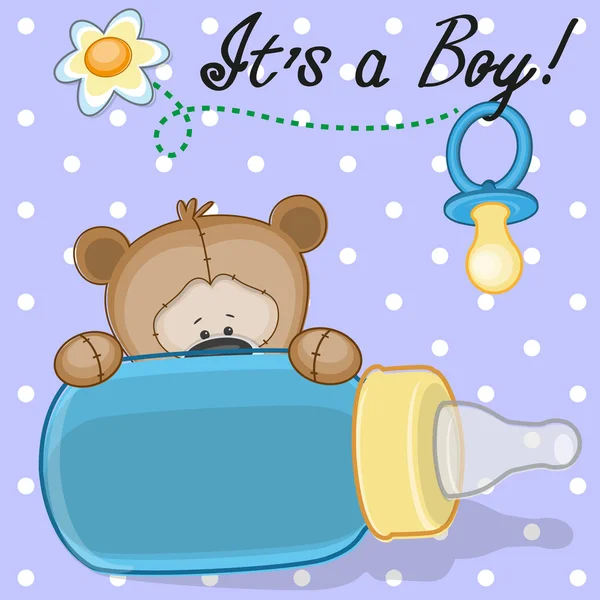 I solved the problem by putting the bottle on my phone instead of directly on the couch."
I solved the problem by putting the bottle on my phone instead of directly on the couch."
"Comotomo bottles are amazing! They're the only bottles my daughter would take!"
Specs- Silicone bottle and nipple
- Dual vents on nipple to help prevent colic
- Available in 5- and 8-ounce sizes
- Choose from green or pink
Chicco Duo Hybrid Baby Bottle
Photo credit: Amazon
If you’re having difficulty choosing between a glass or a plastic bottle, look no further. The Chicco Duo bonds a micro-thin layer of glass inside of plastic, so that your baby’s milk or formula touches nothing but glass and the outside plastic protects the glass from breakage. It’s an innovative idea and a real problem-solver for parents concerned about potential toxins in plastic.
Heads up
One of the few downsides of this bottle is that its unique composition means it’s not recyclable when it’s outlived its usefulness.
Parents say
“I tried a few bottles and found that the Chicco duo bottles worked best for my daughter.”
“My favorite item on my registry is the Chicco Duo Deluxe Hybrid Baby Bottle Gift Set for sure!”
“Number two has only had one bottle so far and it was a Chicco Duo and he took it with no issues.”
Specs
- BPA-free plastic and glass bottle; silicone nipple
- Anti-colic vent built into nipple
- Available in 5- and 9-ounce sizes
Philips Avent Natural Baby Bottle with Natural Response Nipple
Photo credit: Amazon
The “Natural Response” in the name of this bottle’s nipple means that it only releases milk when your baby is actually drinking. The theory goes that this allows babies control the pace at which they drink, and to easily transition between bottle and breast. In practice, this nipple has a no-drip design, and the built-in anti-colic bottle directs air away from your baby’s tummy without giving you an extra part to clean.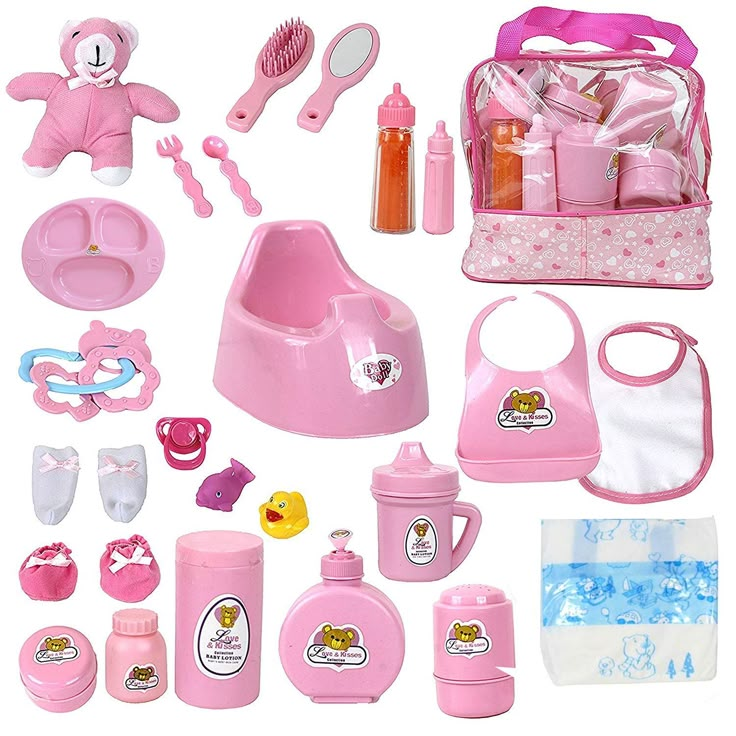
Some parents are disappointed in the nipple redesign and prefer the old Avent nipples. This bottle comes in glass and plastic as well as several sizes; we picture and link to the plastic 9-ounce bottles here.
Parents say“Philips Avent Natural Baby Bottle with size 0 nipples is an excellent choice for colicky babies that have excess gas.”
“The first item I put in my registry was the Philips Avent Natural Baby Bottle with Natural Response Nipple.”
Specs- Choose from glass or BPA-free plastic
- Anti-colic valve built into nipple
- Available in 4-, 9-, and 11-ounce sizes
- Choose from 6 different colors and designs
MAM Easy Start Anti-Colic Bottle
Photo credit: Amazon
MAM is a European brand that's less commonly seen in the United States, but some parents here are big fans of MAM bottles. The bottles have a vented base to reduce gas and colic, and come with three slow-flow silicone nipples. The nipple's design is elongated to more closely resemble a mother's breast and reduce nipple confusion. A handy tip: By adding water to the bottle's base, you can sterilize MAM bottles in the microwave.
The bottles have a vented base to reduce gas and colic, and come with three slow-flow silicone nipples. The nipple's design is elongated to more closely resemble a mother's breast and reduce nipple confusion. A handy tip: By adding water to the bottle's base, you can sterilize MAM bottles in the microwave.
Finding additional nipples to purchase can be a challenge.
Parents say"I found the MAM bottles today and they made a night-and-day difference! No choking and no excessive spit-up. So far they're fantastic!"
"Once I tried the MAM with my daughter she wouldn't drink out of anything else. She drank more and had less gas and acid reflux."
"I love the MAM bottles. They helped with my son's colic. Also, they can be sanitized without any special equipment in the microwave in three minutes. It's really nice for when you forget to run the dishwasher."
Specs- BPA- and BPS-free plastic bottle and silicone nipple
- Detachable base with vents to help prevent colic
- Available in 5- and 9-ounce sizes
- Choose from 6 different colors and designs
Nuk Simply Natural Bottles with SafeTemp
Photo credit: Amazon
These budget-friendly bottles are easy to use in all the ways you need (filling, cleaning, feeding), and boast a cool marquee feature: SafeTemp, a blue thermometer printed between the bottle’s ounce and milliliter markings that fades to white if the bottle’s contents is too hot, and turns back to blue once the temperature is safe.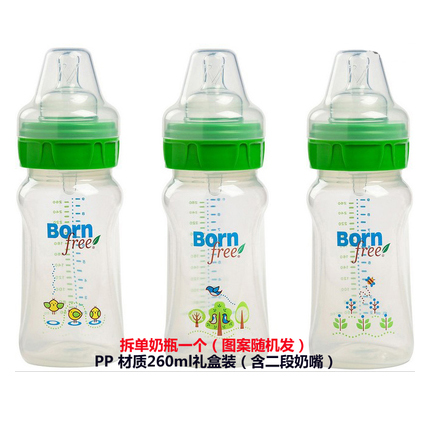 Parents also like the Simply Natural nipple, which is soft, flexible, and has multiple flow holes, just like a mother’s own nipple.
Parents also like the Simply Natural nipple, which is soft, flexible, and has multiple flow holes, just like a mother’s own nipple.
Heads up
This bottle is often sold in multipacks of up to 12 bottles; before buying such a large set, make sure that your baby will take this bottle. These bottles are also available in glass but here we’re picturing, discussing, and linking to the plastic version.
Parents say
“My son likes the NUK orthodontic pacifiers and I love how their Simply Natural bottles are more like the nipple w/ multiple milk ducts!”
“Nuk Simply Natural bottles are amazing!”
Specs
- BPA-free plastic with silicone nipple
- Anti-colic vent built into nipple
- Available in 5- and 9-ounce sizes
- Choose from blue, pink, or clear bottles
Evenflo Feeding Balance + Baby Bottles
Photo credit: Amazon
Babies and experts appreciate the sloping shape of the Balance + nipples, which encourage a wide latch and are accepted by both babies. The bottles themselves are sturdy and solid: a bottom-heavy design that helps the bottles resist tipping, a gentle curve in the middle to make them easier to hold, and a slender profile that allows older babies to hold their own bottles, too. The easygoing price tag is another reason to love this option.
The bottles themselves are sturdy and solid: a bottom-heavy design that helps the bottles resist tipping, a gentle curve in the middle to make them easier to hold, and a slender profile that allows older babies to hold their own bottles, too. The easygoing price tag is another reason to love this option.
Heads up
These bottles are available in glass with a wide neck, in narrow and wide necked plastic, and in plastic with an angled top. Here we picture, link to, and are describing the plastic wide necked bottle.
Parents say
“I recommend the Evenflo Feeding Balance bottle because the nipple is shorter as it transitions to wide like human nipples and breast. Every other bottle I’ve seen or tried claiming to be like the breast has a nipple that is too long, making the baby form a straw-shaped tongue like a Tootsie roll. The Evenflo nipple is literally the closest to a human nipple and breast and encourages a proper familiar latch. ”
”
Specs
- BPA-free plastic bottle and silicone nipple (also available in glass with silicone nipple)
- Anti-colic vent built into nipple
- Available in 5- and 9-ounce sizes
Lifefactory Baby Bottles
Photo credit: Amazon
Made of tough borosilicate glass, this bottle is great for parents who worry about the potential for toxins in plastic, and it comes with a protective silicone sleeve, which makes it almost impossible to break. Lifefactory’s bottles are heavy and high-quality, hard to tip over, and a pleasure to hold. They also resist reacting to temperature, too: You can take a Lifefactory bottle straight from the freezer and put it into boiling water with no concerns. Both bottle and sleeve are top-rack dishwasher safe, too.
Heads up
The silicone sleeve makes it difficult to see and use the measurement lines on the bottle.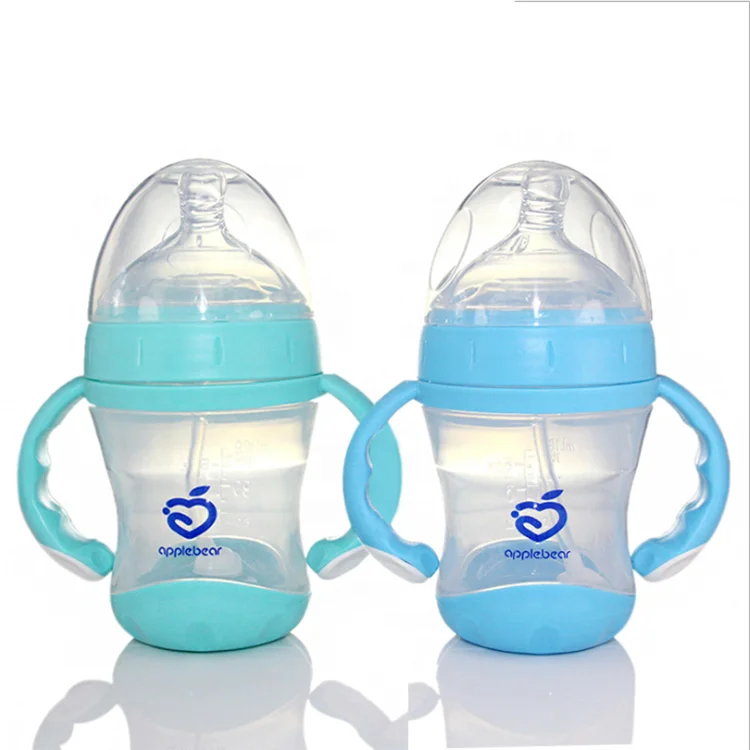
Parents say
“Lifefactory glass bottles have been great for my little guy.”
“I used Lifefactory glass bottles for my first and love them.”
“Lifefactory is my fave because it's glass so it's easy to clean.”
Specs
- BPA-free glass bottle, silicone nipple, and silicone bottle sleeve
- Available in 4- and 9-ounce sizes
- Choose from 13 colors for silicone sleeve
Tommee Tippee Closer to Nature 3-in-1 Glass Bottle
Photo credit: Amazon
Made of 100 percent medical-grade glass, these bottles are sturdy and easy to hold, but it’s their versatility that’s won our heart: after they’re done with bottle duty, screw on the green collars (included with the 3-pack set) to transform them into cups, or pop on a white lid (also included) to safely store baby food. And since these bottles are made of borosilicate glass (like your grandma’s indestructible old-school Pyrex), they’ll easily last through several sets of siblings and can be used to store small bits of food for years and years on end.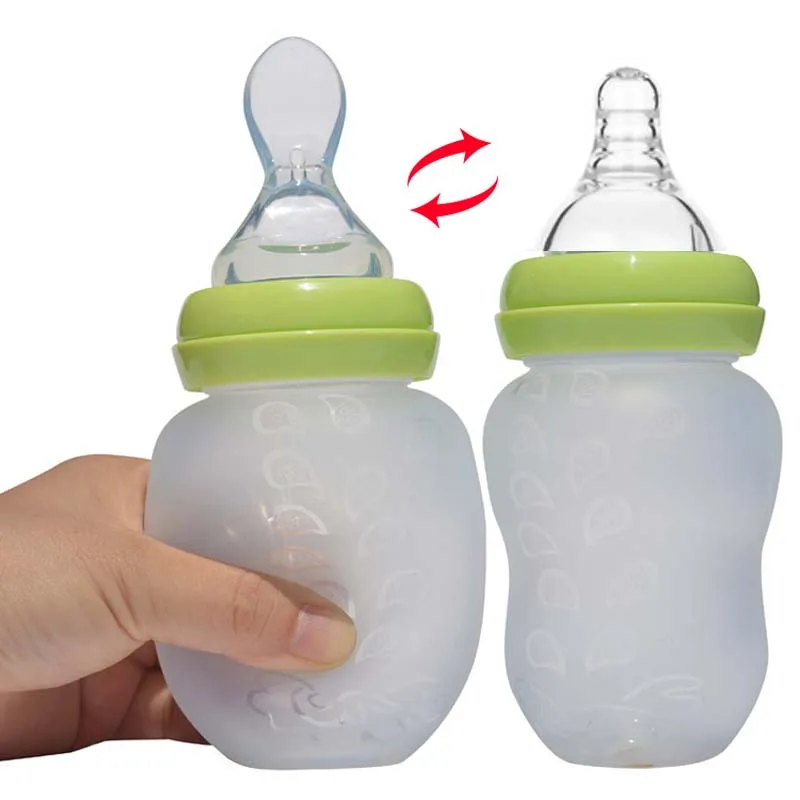
Heads up
Note that Tommee Tippee’s Closer to Nature bottles come in plastic, too, but only this glass 3-pack set comes with the collars and lids to convert the bottles to cups and jars; you can’t buy the collars and lids separately.
Parents say
“First item I placed on my registry was our Tommee Tippee glass bottles!”
“Tommee Tippee for life.”
Specs
- Food-grade borosilicate glass bottle and silicone nipple
- Anti-colic valve in nipple to reduce air ingestion
- 9 ounces
- Includes collars and lids to convert bottles to cups and jars
Playtex Baby Ventaire Bottle
Photo credit: Amazon
You’ve seen Playtex Baby’s Ventaire bottles whether you knew what you were looking at or not: They’re the distinctively angled bottles that look like the top of a traditional bottle got bent over at a 30 degree angle.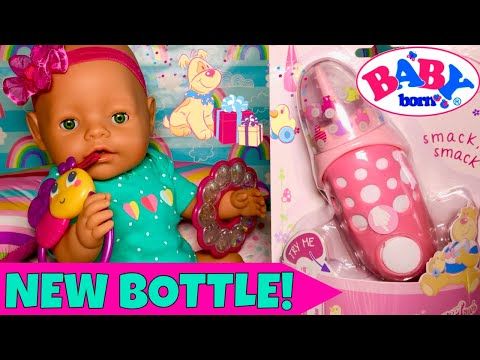 The angle makes it easier to feed your baby semi-upright, recommended by the AAP for better feeding and a reduced risk of choking and ear infections.
The angle makes it easier to feed your baby semi-upright, recommended by the AAP for better feeding and a reduced risk of choking and ear infections.
Heads up
The “vent” in the bottle’s name is a separate piece, which is one more piece to clean and/or to accidentally lose. Note that the bottles’ unusual shape means they might not fit into bottle coolers, cupholders, and diaper bag bottle holsters.
Specs
- BPA-free plastic with silicone nipple
- Anti-colic vents included
- Available in 6- and 9-ounce sizes
Determining how many bottles you have on hand will really depend on your feeding practices. Will you be mostly bottle-feeding or do you plan to breastfeed as well? If you are mostly bottle feeding, about 8-10 bottles will be right. Buy 3-4 if you plan to combine breast and bottle feeding.
When your baby is a newborn most parents like to use the 4- or 5-ounce bottles. As your baby grows and starts to consume more milk, parents will shift and begin using the larger 8 or 9-ounce bottles. You will begin to notice your baby consumes more ounces in a feeding around 4 months old.
As your baby grows and starts to consume more milk, parents will shift and begin using the larger 8 or 9-ounce bottles. You will begin to notice your baby consumes more ounces in a feeding around 4 months old.
Below you will find helpful tips from the AAP and Centers for Disease Control and Prevention about bottle feeding:
- Keeping your bottles clean is of utmost importance when feeding your baby. You don’t want germs getting into the milk. Make sure to clean all parts of the bottle and nipple properly and as directed by the manufacturer.
- Hold your baby close when you feed them.
- Never leave or prop the bottle on the baby’s mouth. Not only can they consume more than they need, but it can lead to choking, ear infections and tooth decay.
- Don’t force a baby to finish a bottle if they are showing signs of being full. Watch for cues that your baby is full and stop feeding.
- Allow your baby to take breaks when they feed if they need it and burp mid-feeding.
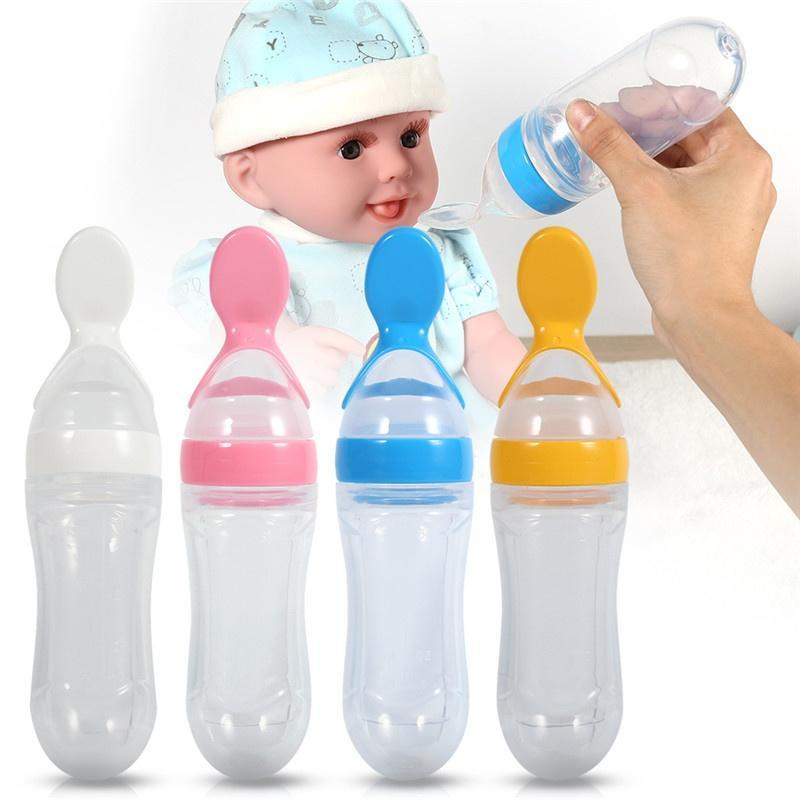
- Position your baby at an angle (rather than straight up) when they feed so milk can naturally come out of the bottle.
How much should my baby drink?
Follow these bottle feeding basic guidelines from the AAP:
- Newborns start consuming milk slowly the first few days of life. They usually drink around 1-2 ounces (30-60 milliliters).
- After that, they will start to consume more ounces more frequently. On average they will drink 2-3 ounces (60-90 milliliters) every 3 to 4 hours.
- After the first month, a baby will consume around 4 ounces every 4 hours.
- Your baby’s stomach is about the size of their fist, so it’s important to realize that they do not need large milk quantities.
- Gradually, their intake will increase. At around 6 months, a baby will consume 6-8 ounces (180-240 milliliters) 4 or 5 times a day.
- All babies are different and grow at different rates. Always check with your child's pediatrician to assess if their growth is appropriate for their age.

How often should I change nipples?
All bottles will come with nipples, and most of the time, nipples can be used interchangeably with different brands. Each baby may show a preference for one type of nipple over another.
Finding the correct size nipple is helpful when feeding a baby. Different brands mark the flow rates differently, however most bottles come with Phase 1 or Level 1 nipples. As your baby grows, you can switch out the nipples to Phase 2, Level 2, and so on.
Dr. Rodriguez says that “Nipple flow is especially an issue for babies who are also breastfeeding. You want a slow flow for them. I recommend Dr Brown's preemie nipples to start with for breastfeeding babies. Babies should not be choking with flow; if your baby is unlatching and getting frustrated or crying, that might be a sign to try the next size.”
The information that comes with your baby’s bottles will spell out how often to replace used nipples with new ones; most manufacturers recommend replacing nipples every six weeks to two months.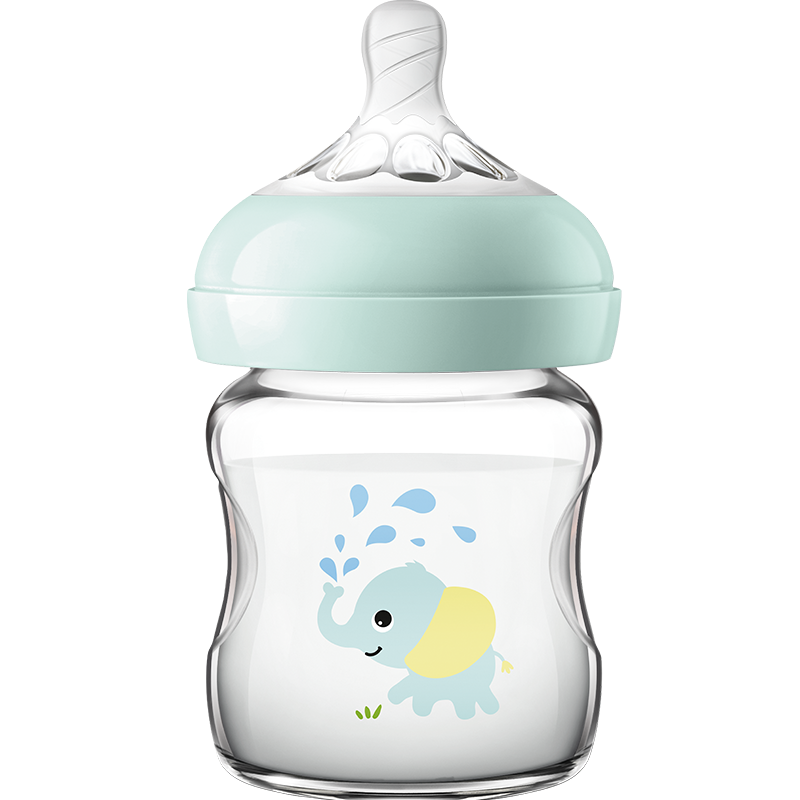
Was this article helpful?
Yes
No
Jenn Bonicelli and Meghan Hertzfeldt
Jenn Bonicelli and Meghan Hertzfeldt are the authors of the book, You Can Two: The Essential Twins Preparation Guide and cofounders of parenting site Two Came True.
Advertisement | page continues below
Baby bottles | Philips Avent
Baby Bottles | Philips Avent Search Support iconKeywords for search
- Video, Audio, Communication 9000
reduces the risk of breast refusal by 83.3% *
Children's bottles of Natural
Children's bottles of NATURAL
The best compatibility with breastfeeding
9000
children's booty tules Natural. #each userReviews}}
{{#if this.Badges}} {{#if this.Badges.StaffYes}}
Philips Employee
{{/if}} {{#if this. Badges.verifiedPurchaser}}
Badges.verifiedPurchaser}}
Verified Buyer
{{/if}} {{#if this.Badges.incentivizedReview}}
Promotion Part This reviewer was rewarded for writing this review. The reward may be a coupon, product sample, raffle ticket, loyalty points, or other valuable prize given out for writing a review of this product.
{{/if}} {{#if this.Badges.Expert}}
Expert Opinion This review was written by an industry expert after product testing provided by Philips
{{/if}}
{{this.Title}}
The Philips Avent Natural bottle range is designed for mothers who want to alternate between breastfeeding and bottle feeding. Thanks to the wide physiological nipple, the Natural Series allows the baby to not wean from natural sucking.
Wide physiological nipple for natural latch on
Unique petals that make the nipple soft, flexible and firm, and help your baby to keep feeding
The ability to choose a bottle material: the Natural series is presented both in plastic and glass
An innovative double anti -brim valve
Ergonomic form: the bottle is easy to keep even the baby 9000 9000 easily.
What other moms say about Philips Avent Natural baby bottles
{{sitetextsObj.averageRating}}
- {{#each userReviews}}
-
{{this.UserNickname}}
{{#if this.Badges}} {{#if this.Badges.StaffYes}}
Philips Employee
{{/if}} {{#if this.Badges.verifiedPurchaser}}
Verified Buyer
{{/if}} {{#if this.Badges.incentivizedReview}}
Promotion Part This reviewer was rewarded for writing this review. The reward may be a coupon, product sample, raffle ticket, loyalty points, or other valuable prize given out for writing a review of this product.
{{#if this.Badges.Expert}}
Expert Opinion This review was written by an industry expert after product testing provided by Philips
{{/if}} {{/if}}
{{this.
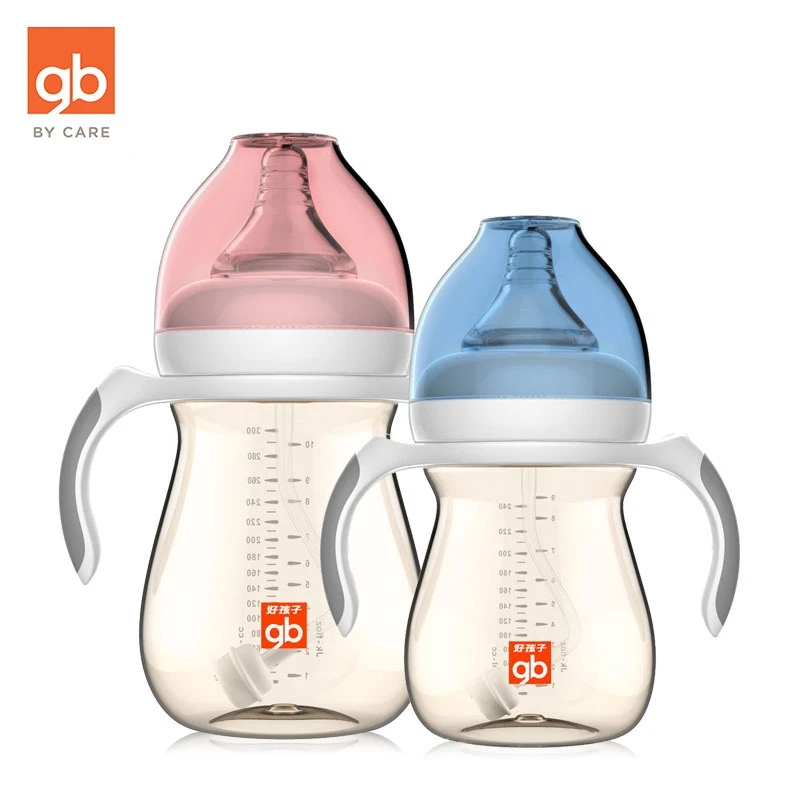 Title}}
Title}} {{this.ReviewText}}
{{#if this.IsRecommended}}
Yes, I recommend this product
{{/if} }
{{/each}}
Read all reviews ({{totalReviewCount}})
Looking for the most natural way to bottle feed?
Start with the Natural bottle to help you combine breastfeeding and bottle feeding.
SCF030/27
125 ml x 2
SCF033/27
260 ml, 2 pcs.
SCF036/17
330 ml, 1 pc. per pack
Choose the right flow rate
Ultra-soft and flexible teat for younger babies
Smooth, bite-resistant teats for older babies
As the baby grows, the appropriate shape of the teat will also change. Your baby will feel more confident with bottle feeding and will be able to drink more milk in less time.
Our teats are designed to deliver the right milk flow at every stage of your baby's development. They come in a variety of materials, from ultra-soft to bite-resistant, and vary in flow rate.
They come in a variety of materials, from ultra-soft to bite-resistant, and vary in flow rate.
Expert advice to help you make your choice
1 Based on online survey conducted in 2018; more than 8,000 women around the world took part in the survey, using baby products from various manufacturers
* Based on the results of the Baby Index -2020 study by Ipsos Comcon LLC in the categories of breast pumps and feeding devices
** Based on the results of the study " MEDI-Q-2020" by Ipsos Comcon LLC in the categories of breast pumps and feeding devices
*Wide physiological nipple reduces the risk of breast rejection by 83.3%. Source: O.L. Lukoyanova1, T.E. Borovik1, 2, I.A. Belyaeva1, G.V. Yatsyk1 ;1 Scientific Center for Children's Health, Russian Academy of Medical Sciences, Moscow, Russian Federation; 2 First Moscow State Medical University. THEM. Sechenova, Russian Federation "The use of modern technological methods to maintain successful breastfeeding", 02. 10.2012
10.2012
Got a question?
We are always ready to help
Are you a healthcare professional?
You are leaving the Philips Healthcare (“Philips”) official website. Any links to third party websites that may be included on this site are provided solely as a convenience to you. Philips makes no warranties regarding any third party websites or the information they contain.
I understand
You are about to visit a Philips global content page
Continue
You are about to visit the Philips USA website.
I understand
Our site is best viewed using the latest versions of Microsoft Edge, Google Chrome or Firefox.
Feeding bottle. How to choose
The very first thing mothers do when their baby is born is to put it to the breast, not only to feel the warmth of their long-awaited baby, but also because breastfeeding is an important moment for the baby's immunity.
But sometimes we have to resort to the help of a feeding bottle from the first days of the baby's birth, and if we start using baby bottles, we want to be sure that we are buying 100% safe ones.
One of these bottles, approved by many parents and chosen by us in the MISHKA Store, is the Natural Feel Baby Bottle from the American company Сomotomo. This is the world's first fully 100% silicone baby bottle, completely safe material free from BPA free, PVC and phthalates. Silicone reduces the feeling of anxiety and anxiety in the baby. He is, for a moment, as soft as his mother's breasts. And it really works.
Nature itself gave us the opportunity to be closer to our child. But, modern mothers sometimes have to look for alternatives to breastfeeding their baby. If you want to continue breastfeeding your baby, but don't know how to combine both breast and bottle, then the Calma baby bottle with teat from the Swiss company Medela is right for you.
The Calma Medela bottle helps your baby maintain a consistent feeding pattern and makes it easier for moms to get their baby back to breastfeeding.![]() Why is she? Not only does the Calma bottle imitate breastfeeding to the maximum, it is also complemented by a whole feeding system: breast pumps, breast milk freeze bags and other Medela accessories that will help mom to combine breastfeeding and bottle feeding, for example, on days when you need to be away on business, and maybe even return to breastfeeding after 1-2 weeks. How to do it right, we will tell in a special review.
Why is she? Not only does the Calma bottle imitate breastfeeding to the maximum, it is also complemented by a whole feeding system: breast pumps, breast milk freeze bags and other Medela accessories that will help mom to combine breastfeeding and bottle feeding, for example, on days when you need to be away on business, and maybe even return to breastfeeding after 1-2 weeks. How to do it right, we will tell in a special review.
Well, if it's a question of finding a baby bottle that will grow with your baby, then I would recommend an anti-colic bottle from the Swedish company Twistshake.
"What's so special about this bottle?" you ask.
Well, firstly, a special shaker that allows you to achieve a homogeneous mixture. No lumps!
Second, my favorite is the dry mix container. No need to prepare the mixture in advance and it is indispensable on the road.
The Twistshake anti-colic bottle is all connected, space-saving, convenient, easy to clean and the colors are fire.


